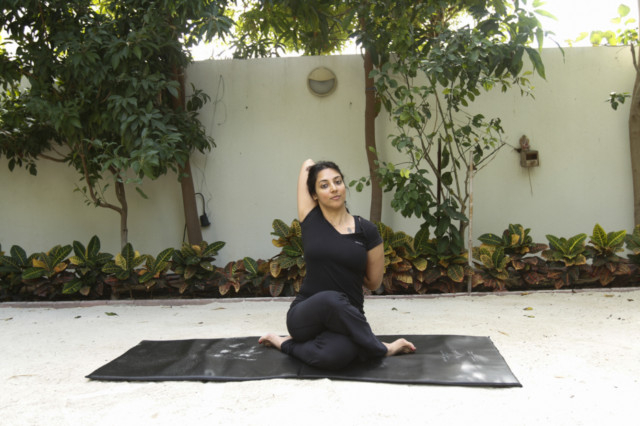
The best thing about yoga is it can be practised by people of all age groups and is beneficial for everyone. Though people are increasingly becoming aware about the benefits of exercising, for most it is after the retirement that they get time to focus on their health and maintain a good lifestyle.
One of the most frequently asked questions by elderly people is whether their body is strong and flexible enough to practise yoga or not. It is true that due to a less active lifestyle and stress building up over the years, the body can become stiff with aches and pains, but the advantage of yoga is that one can start at a basic level and as the practice progresses, he or she can move to higher levels.
Studies have shown that yoga is extremely helpful in combating stress, fatigue and pain. Some yoga poses increase core strength and balance, which reduce the risk of getting injured by falling off in the old age. Other poses can alleviate health issues such as menopause. But most importantly, yoga can help elderly people feel younger.
GOMUKHASANA
Procedure:
1. To begin the posture, sit in dhandasana with your knees placed one on top of the other.
2. Keeping your back straight, stretch your right arm and take it over your head placing your palms on your shoulder blade.
3. Now take your left hand from behind and try to lock it with the right hand. Here the back and neck need to be straight. In case you cannot get the hands to meet just place your hands in the same direction and hold there.
4. Breathe normally and hold the pose from 10-30 seconds.
5. Repeat the same with your left hand.
Benefits:
1. This posture stretches the arms, armpits, shoulders, triceps and chest.
2. This posture eases the stiffness of the rotator cuff making the upper body strong and flexible.
3. This posture stretches the back and gluteus muscles, easing tension in the lower back.
4. As it opens the chest cavity out, it makes better space for the lungs to breathe.
Caution: People with neck or shoulder injuries must avoid this posture.












